“Columbus sailed the ocean blue in fourteen-hundred-ninety-two.” Yes, he did—and while that story is notable (and we have included it in our list) it’s not the only one out there. There are plenty of other jingles to help you remember remarkable travels, such as: “He sailed the seas as Captain Cook, not to be confused with Captain Hook,” or “Freya Stark explored lost Yemen, beginning in nineteen-hundred-thirty-seven.”
Okay, so maybe they don’t have quite the same ring to it as Columbus’ song has. But that doesn’t mean their expeditions are any less memorable.
Our list below contains personal anecdotes, biographies, photos, maps, and so many more illustrative facts and figures from explorers both well-known and not that help you feel like you were on the boat (or the camel, or the horse…) beside them. Here at The Archive, our motto is “history is waiting to be discovered.” But these explorers didn’t wait—they dove in head first, and made some of the most important discoveries of all time.
There’s a reason why we’re still talking about these expeditions hundreds of years later! Read on for a list of nine books about explorers and their expeditions that are sure to unearth information that is new to you.
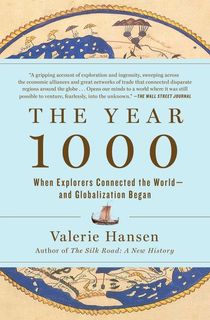
The Year 1000
Valerie Hansen, an award-winning historian and celebrated Yale professor, presents nearly 30 years of research to back up her claim that the year 1000 was the world’s first major point of cultural exchange and exploration.
Many people believe that the Vikings’ invasion of Britain was one of the only examples of cultural development, geopolitical encounters, or extensive sea travel prior to the year 1000; but Hansen claims that’s not true. She challenges everything most people think they know about how the modern world came to be.
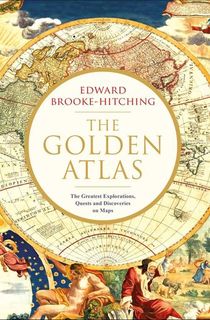
The Golden Atlas
The Golden Atlas uses everything from rare, antique maps, to paintings, engravings, charts, manuscripts, and more to paint a vivid portrait of how the world came to be, in chronological order of expeditions. Beginning with an exploration of Ancient Babylonian geography, we also get to follow Marco Polo’s journey to the Mongol Empire, on to the real pirates of the Caribbean, the expeditions of Captain Cook, and further still through some journeys through Africa.
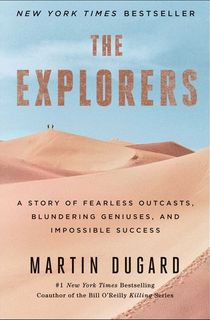
The Explorers
The Explorers, in a way, is a two-part story: readers learn all about the 1856 expedition of fearless explorers Richard Frances Burton and John Hanning Speke as they navigated uncharted African geography to find the source of the Nile river. They arrived at two different conclusions to the mystery, and returned to England as sworn enemies, inciting a rather rowdy public debate.
And in using their story, along with others, such as St. Brendan the Navigator, John Ledyard, and Howard Carter, author Martin Dugard presents the seven traits that history’s most iconic adventurers practically applied in their journeys in order to survive, and explains how these traits are still useful for modern life.
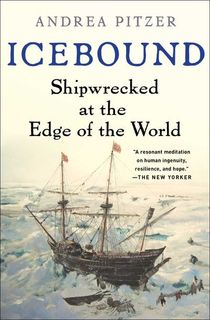
Icebound
Andrea Pitzer took her research one step further by learning how to use 400-year-old navigation equipment, going on three Arctic expeditions to retrace the steps of Dutch polar explorer William Barents, and visiting replicas of his ships and cabin in order to properly tell his story.
William Barents and his 16-man crew were known for adventuring further than any European had been before in the 16th century. On their third polar exploration, their ship wrecked due to ice off the coast of Nova Zembla, and they spent a year fighting off polar bears, fending off hunger, and surviving an endless winter.
Pitzer's story of Barents and his obsessive quest to chart a path through the Arctic shows readers how the human body functions in extremely cold weather, the history of mutiny, the art behind celestial navigation, and the complicated task of building shelters.
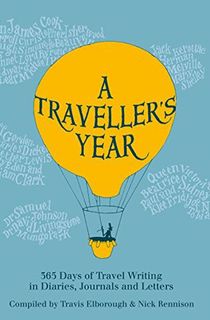
A Traveller's Year
A Traveller’s Year is a rare delight because it brings into focus the years between 1750 and 1950, a more contemporary time that delves into both European exploration and diary-writing very closely. Its diversity is vast, as it covers stories from both men and women of the time, shows the difference between contemporary travel and traveling in the 18th century, and provides examples from highly accomplished explorers who redefined the boundaries of geographical knowledge, as well as people who simply wrote about what they experienced on their summer holidays.
There is an introduction, explanatory notes section, and mini-biography of every contributor, including well-known folks like Charles Darwin, Captain Cook, Chris Columbus, and Lewis and Clark, as well as lesser-known travelers like Evelyn Waugh, Gertrude Bell, Mungo Park, and more.

Captain Cook
Adventure and discovery was at its peak in the 18th century, and Captain Cook was at its helm. His story is not the most conventional, however. Captain James Cook of the British Royal Navy is often regarded as a villain; but Frank McLynn thinks it important to also commend his major contributions to science, navigation, and cartography.
In his book, McLynn retraces the steps of Cook’s voyages, and explains that though his death was senseless and overall avoidable, he took the seas as a titan; this is the story of a brilliant yet flawed man.

A Winter in Arabia
A Winter in Arabia chronicles the tale of Freya Stark, a woman on a quest to secure her position as a legendary travel writer, geographer, historian, and archeologist, and her two companions while on their trip through Arabia (now Yemen) from 1937-1938. Along their journey to the ancient South Arabian city they were searching for, Stark and her companions discover the region’s business and social conduct, the women’s elaborate beauty rituals, and they learn of the animosities between rival tribes.
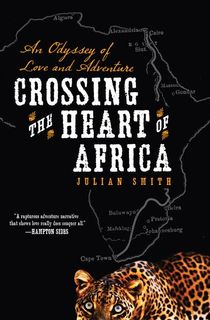
Crossing the Heart of Africa
Crossing the Heart of Africa is an endearing and informative double-narrative: first, we are introduced to Ewart “The Leopard” Grogan, a British adventurer born in 1874. He fell in love and wanted to marry, but he needed the approval of his lover's aristocratic father. So to prove his worth, he did what many thought impossible, and became the first man to walk from Cape Town to Cairo, the entire length of Africa.
Fast-forward to over a century later, American journalist Julian Smith is also madly in love, but terrified of commitment through marriage. Having discovered Grogan’s story by chance, he became inspired by it, and chose to retrace the steps of his 4,500-mile journey. In Smith’s story of parallel adventures, readers learn about his contemporary journey, but also the cannibal attacks, charging elephants, jungles, and romantic triumph of Grogan’s.
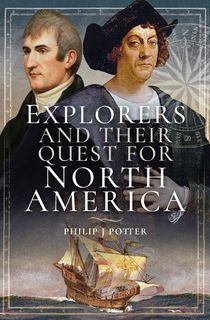
Explorers and Their Quest for North America
The discovery and exploration of the New World altered history forever. There are many books that cover the topic of discovering North America, but none are quite as comprehensive as this, especially in terms of chronology. Explorers and Their Quest for North America traces the history of North America’s discovery, exploration, and settlement of the Western Hemisphere through the eyes of 14 different explorers and their biographies, including: Christopher Columbus, Hernan Cortes, Henry Hudson, and Alexander Mackenzie.
This post is sponsored by Open Road Media. Thank you for supporting our partners, who make it possible for The Archive to continue publishing the history stories you love.
Featured image: Jordan Madrid / Unsplash
